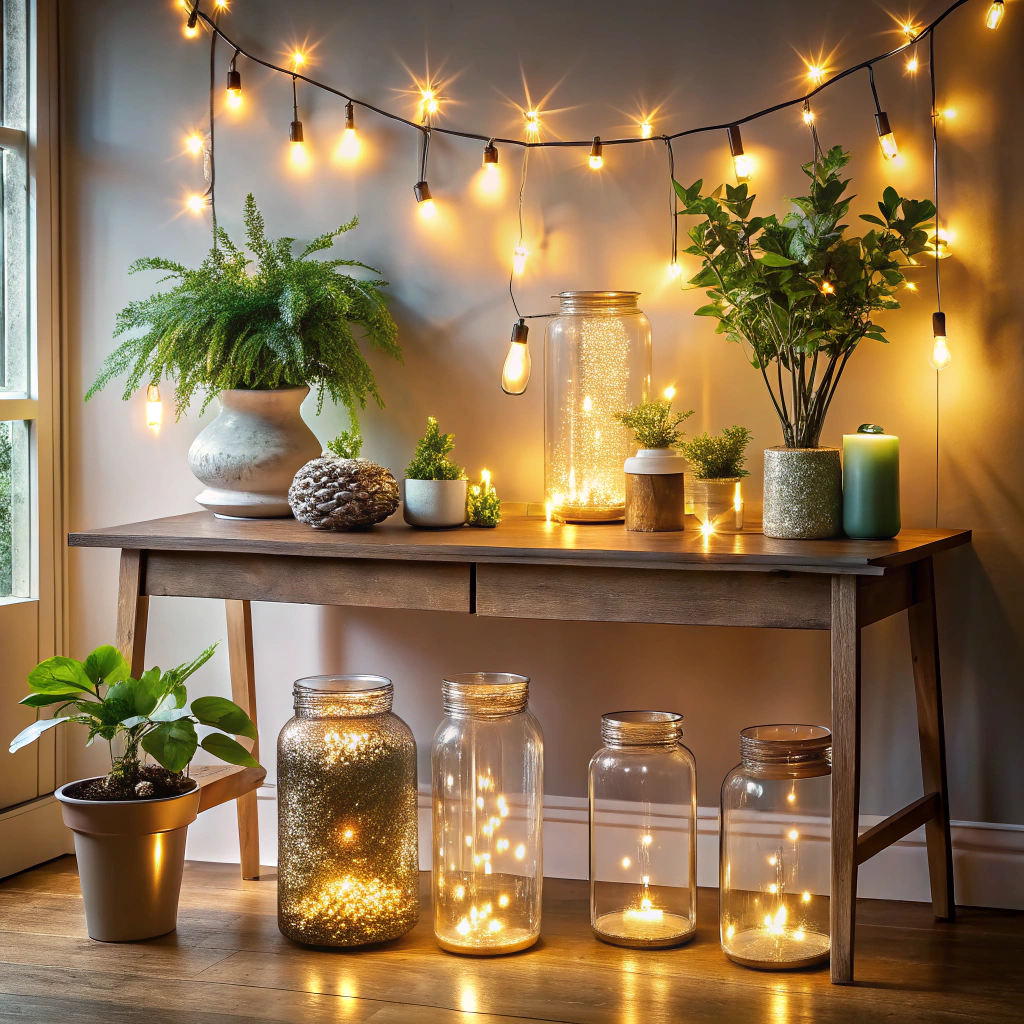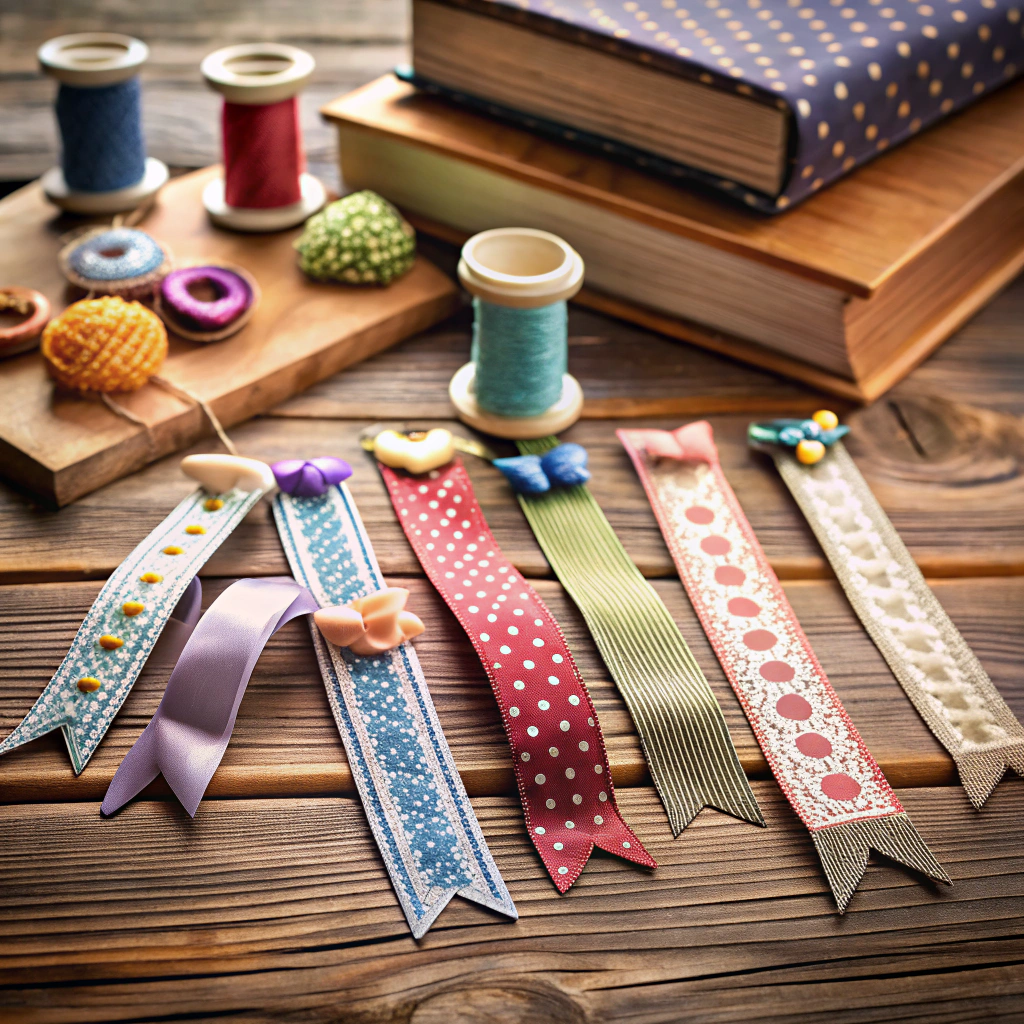Last updated on
Discover the intricacies of growing, nurturing, and troubleshooting Blue Chalk Stick plants, a popular succulent that adds aesthetics to any garden or indoor decor.
I’ve designed unique illustrations for these ideas. I hope you get inspired!
“Blue Chalk Sticks As a Decorative Plant”

Blue chalk sticks (Senecio serpens) add a splash of silver-blue to any garden, creating a striking contrast against green foliage.
Their unique cylindrical leaves provide a textured, modern look ideal for minimalist landscapes.
When grouped or used as a border, these succulents create a visually appealing, low-maintenance ground cover.
“Perfect Pots for Blue Chalk Stick Plants”
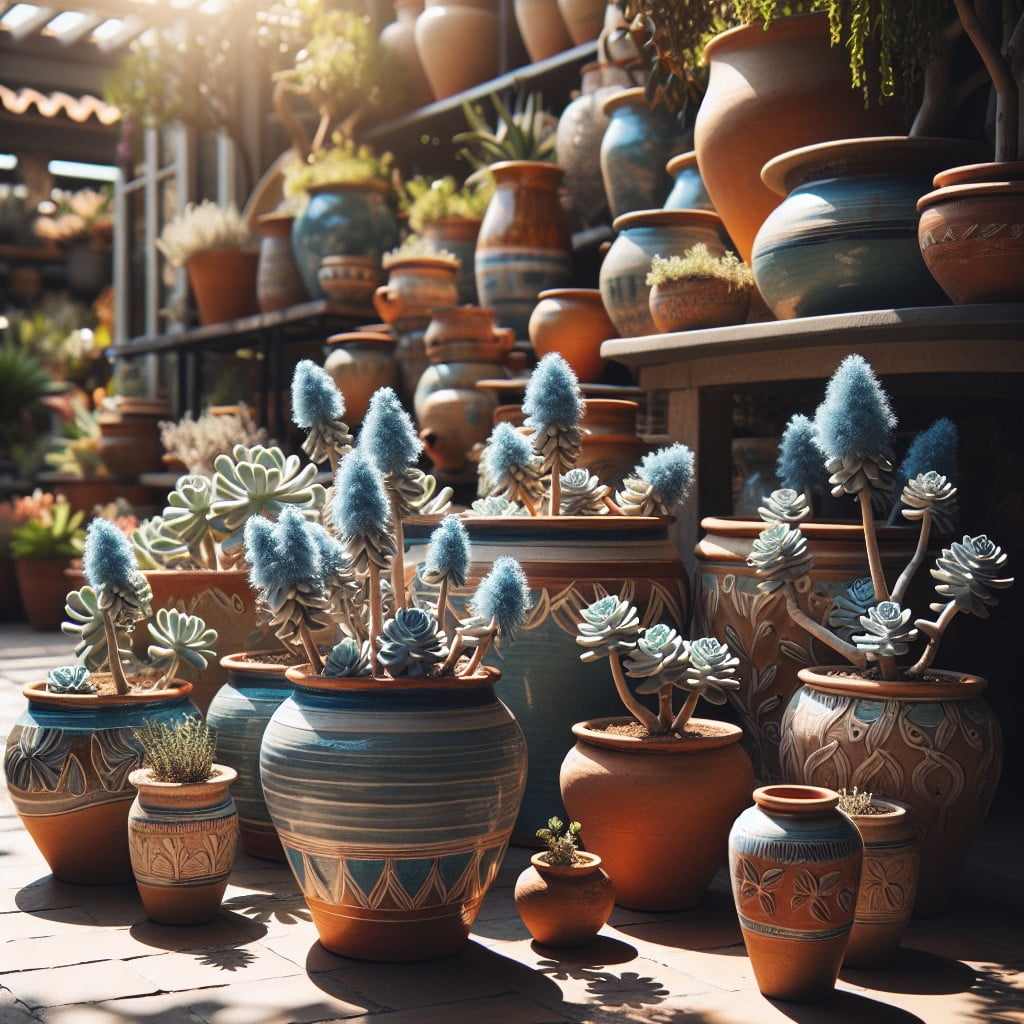
Terracotta pots with drainage holes are ideal for ensuring the soil dries properly between waterings, preventing root rot.
Shallow, wide containers accommodate the plant’s shallow root system and allow for ample space to display its dense, blue foliage.
Glazed ceramic pots can also be utilized to add a pop of color contrast, enhancing the visual appeal of the succulent’s vibrant hue.
“Creative Landscape Ideas With Blue Chalk Sticks”
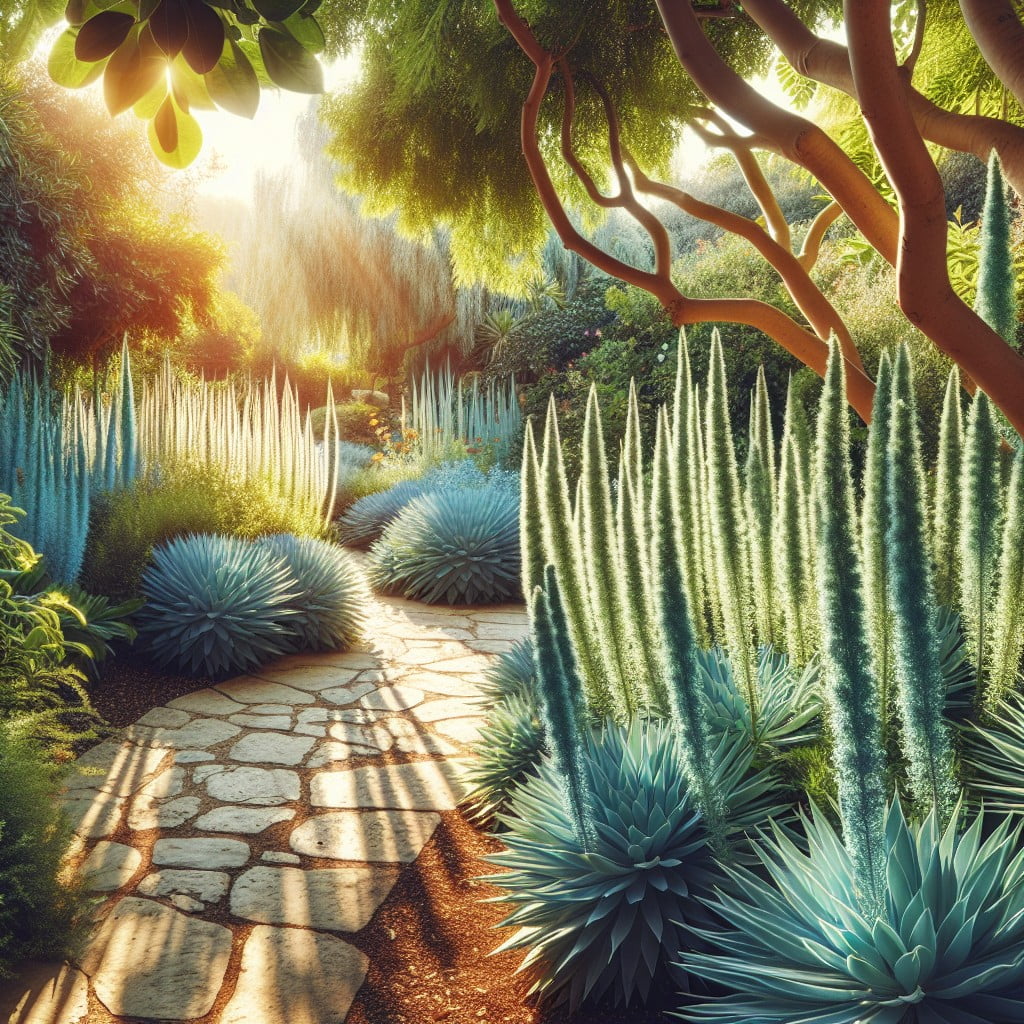
Incorporate blue chalk sticks along pathways to add a pop of silver-blue texture that complements stone or gravel walks. Cluster them in rock gardens for a striking contrast against green foliage, achieving a modern, minimalist aesthetic.
Intersperse them with soft grasses or bright flowers in a border for a dynamic, tactile display that captures the eye.
“Evolution and Origin of Blue Chalk Sticks”
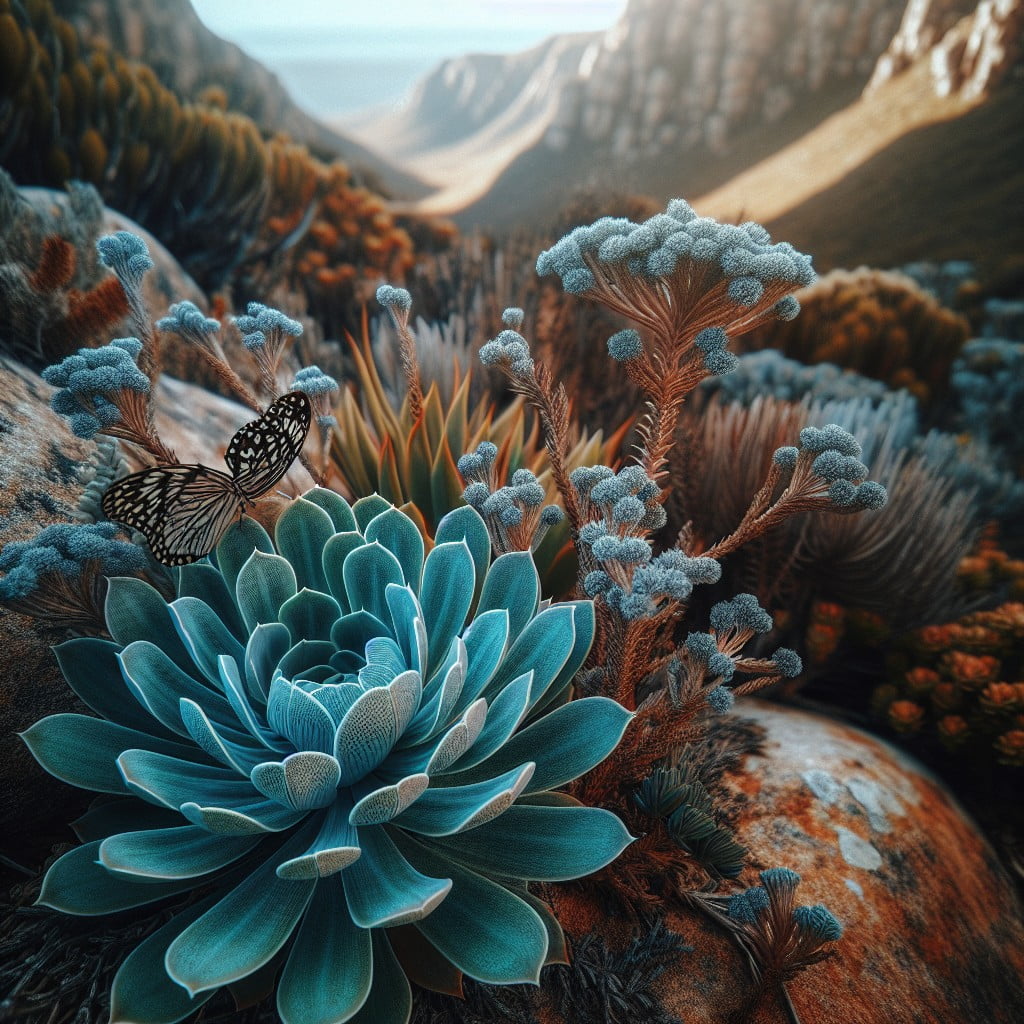
Native to South Africa, blue chalk sticks (Senecio serpens or Senecio mandraliscae) have adapted to thrive in dry, rocky environments. Through a process of evolution, their cylindrical, blue-green leaves conserve water, reducing the need for frequent rainfall.
This succulent’s spread across various continents is attributed to its ability to propagate easily and adapt to different climates and soils.
“Can Blue Chalk Sticks Survive in Low Light?”
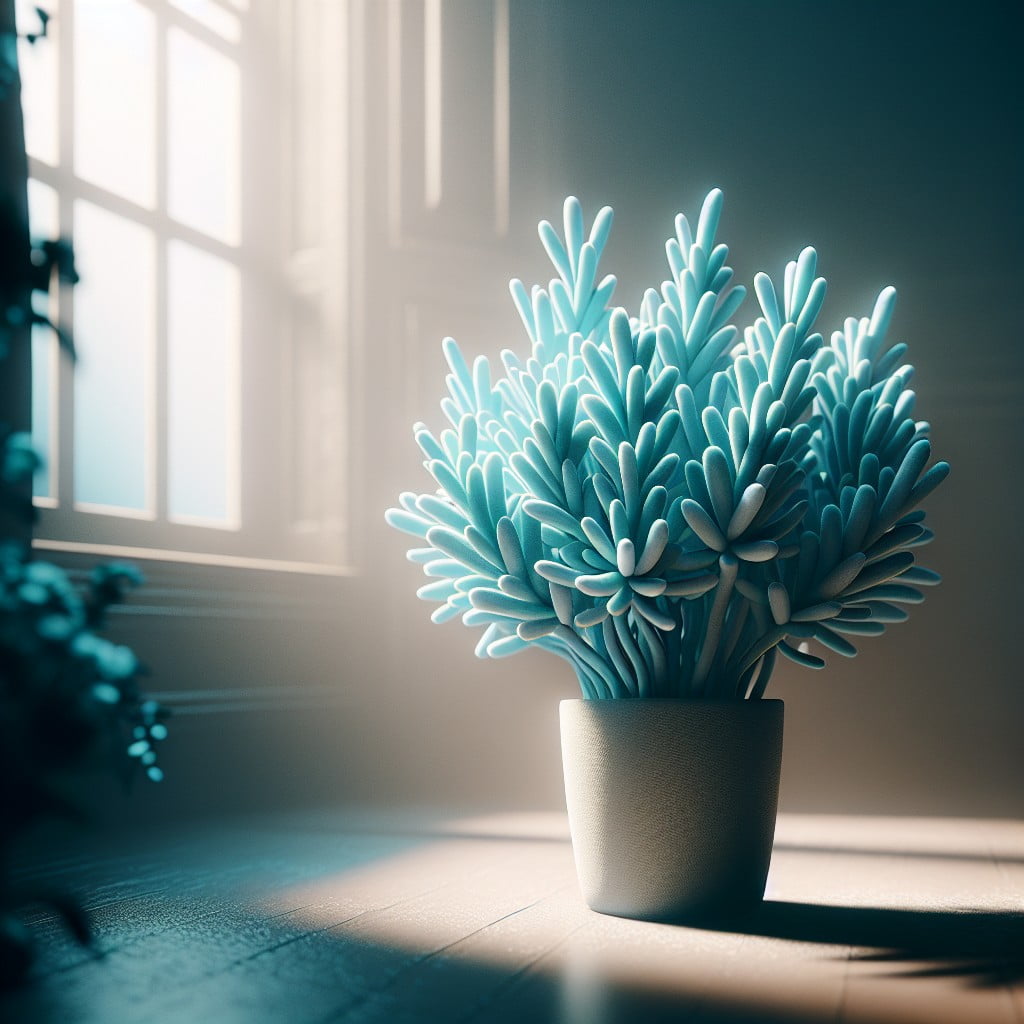
Blue chalk sticks prefer bright light to maintain their vibrant blue hue and robust growth.
While they can endure lower light levels, their growth may slow, and their color can fade.
For optimal health, it is recommended to provide them with several hours of direct sunlight daily.
“Growth Rate of Blue Chalk Sticks”
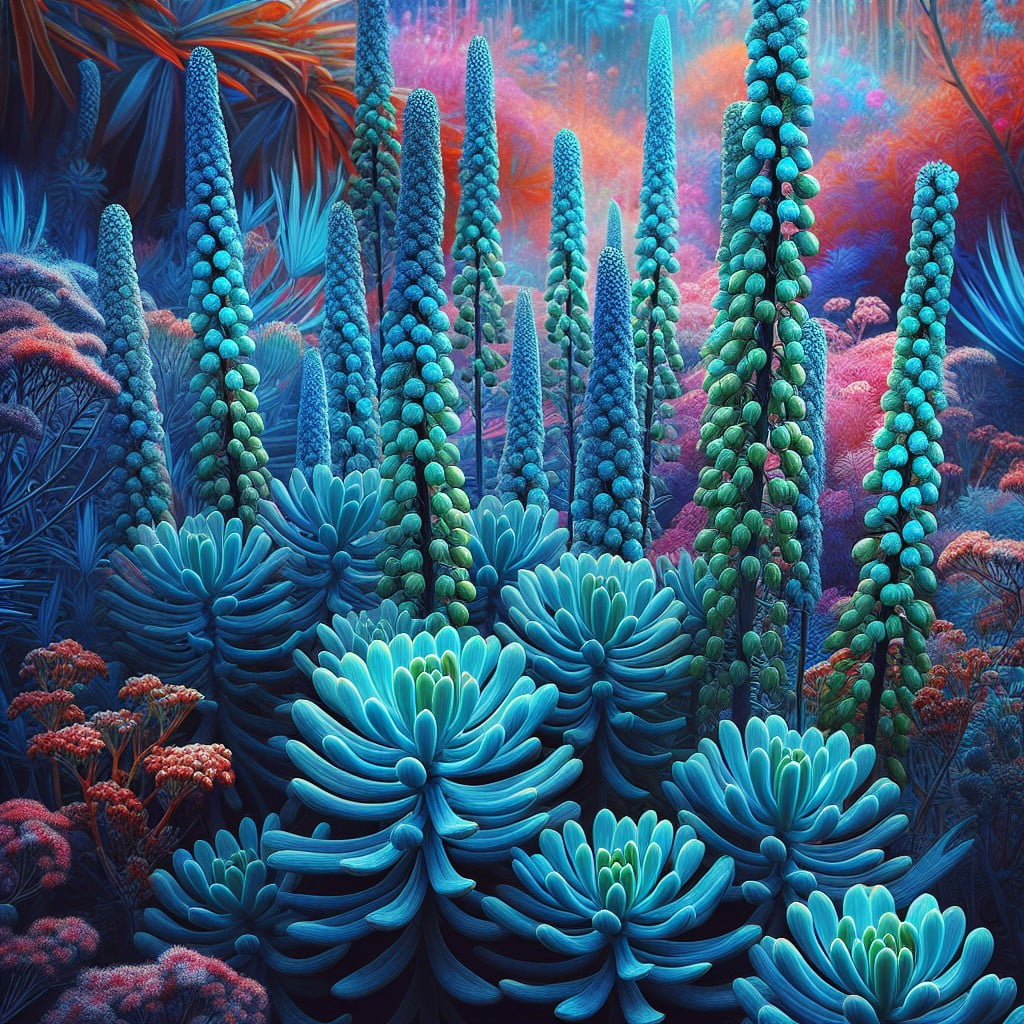
Blue chalk sticks, known botanically as Senecio serpens or Senecio mandraliscae, typically exhibit a moderate growth rate, thriving in well-drained soil and full sun.
When conditions are optimal, they can extend up to 2-3 feet in height, with their signature blue-green, succulent foliage spreading outward rather than upward.
These plants are not rapid growers but, with time and minimal care, will fill in garden spaces or containers with their strikingly colorful leaves.
“Companion Plants for Blue Chalk Sticks”
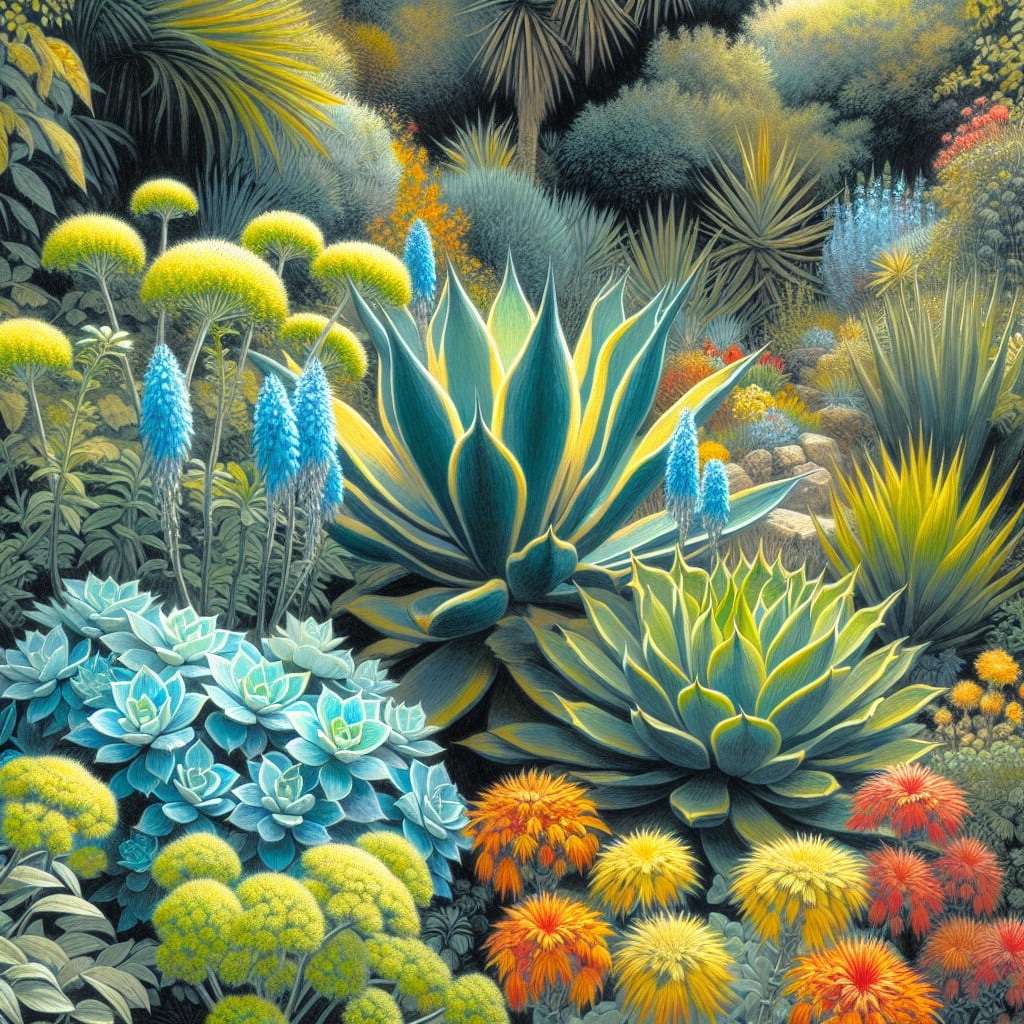
Succulents with similar water and light requirements, such as sedum or echeveria, make great companions for the drought-tolerant blue chalk sticks. Vibrant flowering plants like portulaca or marigolds can add a pop of color against the blue-hued foliage, enhancing visual interest. Ground covers like creeping thyme create a contrasting texture while sharing the plant’s love for well-drained soil.
“Toxicity Level of Blue Chalk Sticks”
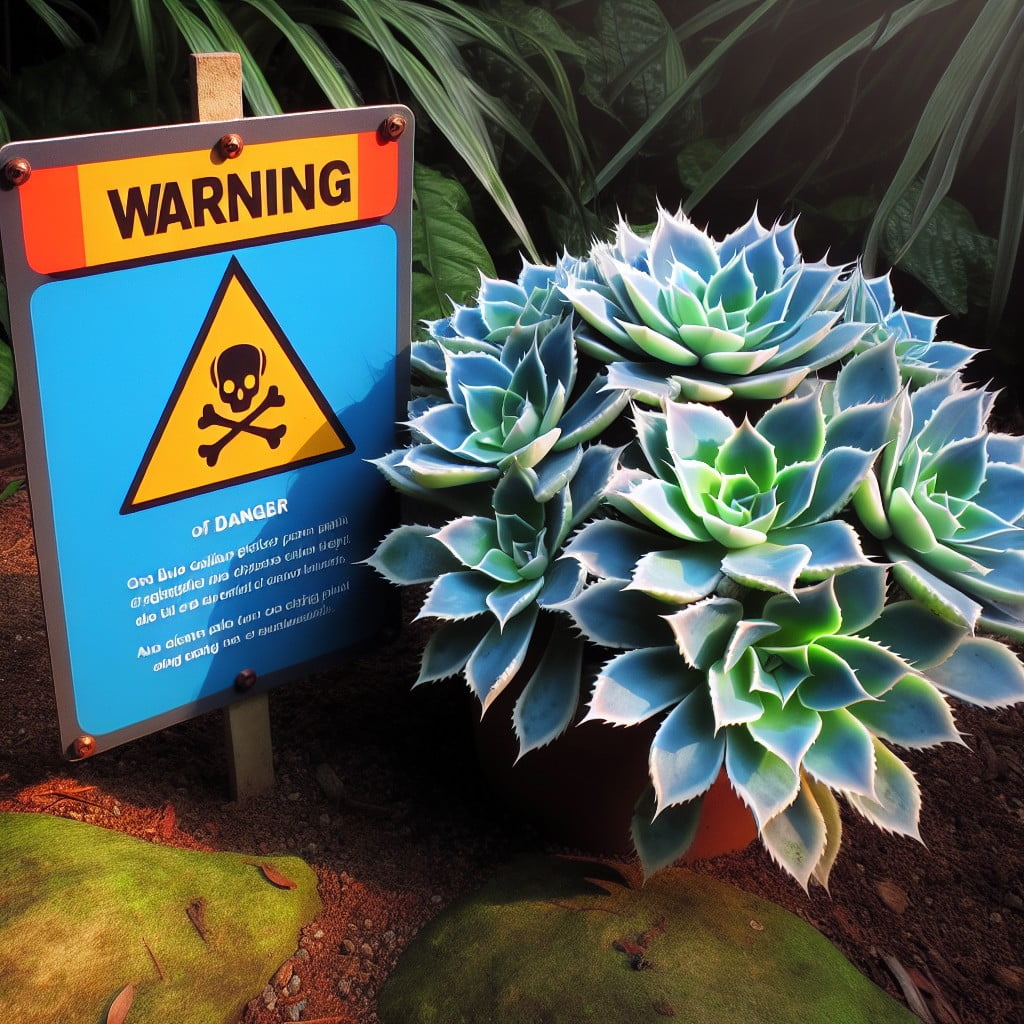
Blue chalk sticks (Senecio serpens) are generally considered non-toxic to humans, but they can cause irritation if their sap comes into contact with skin. Care should be taken around pets, as ingestion may lead to gastrointestinal upset, so keep these succulents out of reach. Always use gloves when handling or pruning to prevent skin irritation from the sap.
“Attracting Wildlife With Blue Chalk Sticks”
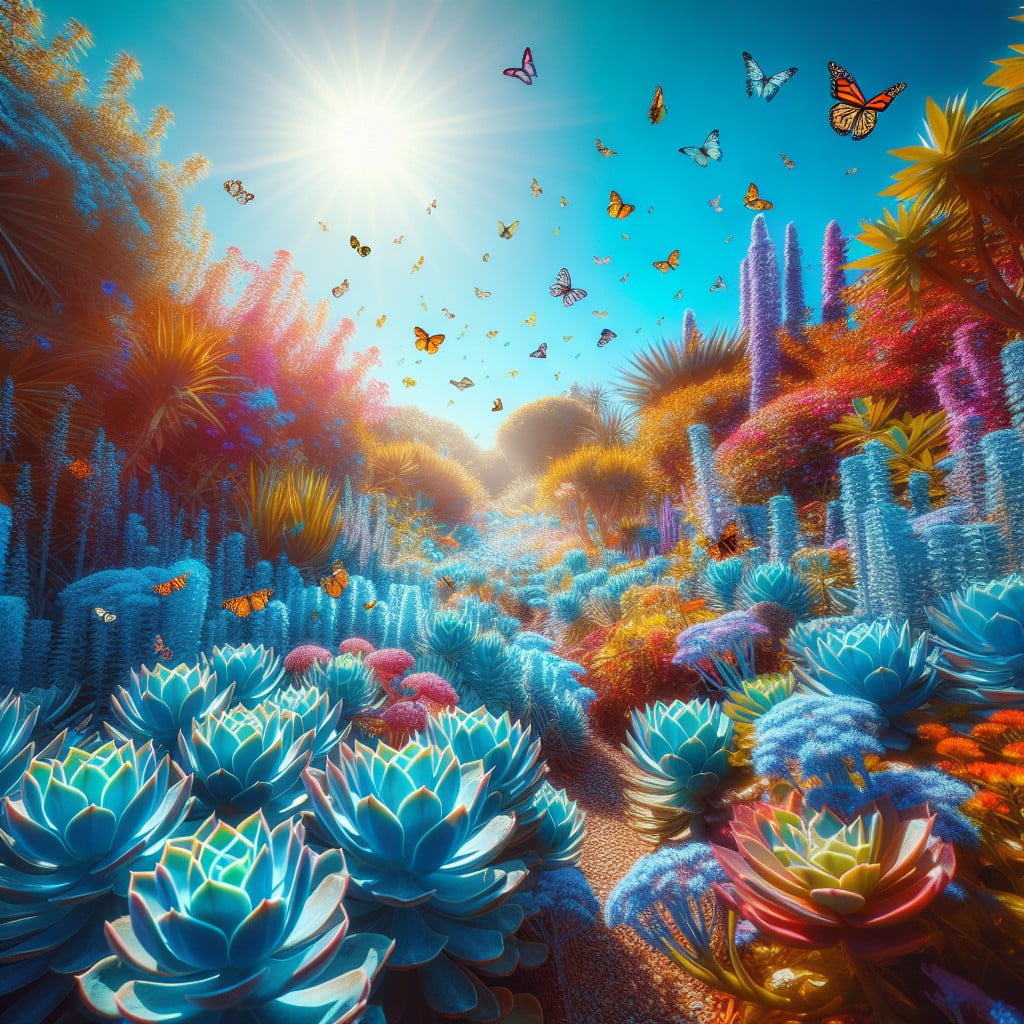
Blue Chalk Sticks, with their cyan-tinted foliage, provide a vibrant contrast that can help attract pollinators like bees and butterflies to the garden.
Their drought-resistant nature makes them ideal for creating a low-water refuge for various birds and insects.
When planted en masse, these succulents create a textured groundcover that serves as a habitat for small wildlife, enriching biodiversity.
“Drought Tolerance of Blue Chalk Sticks”
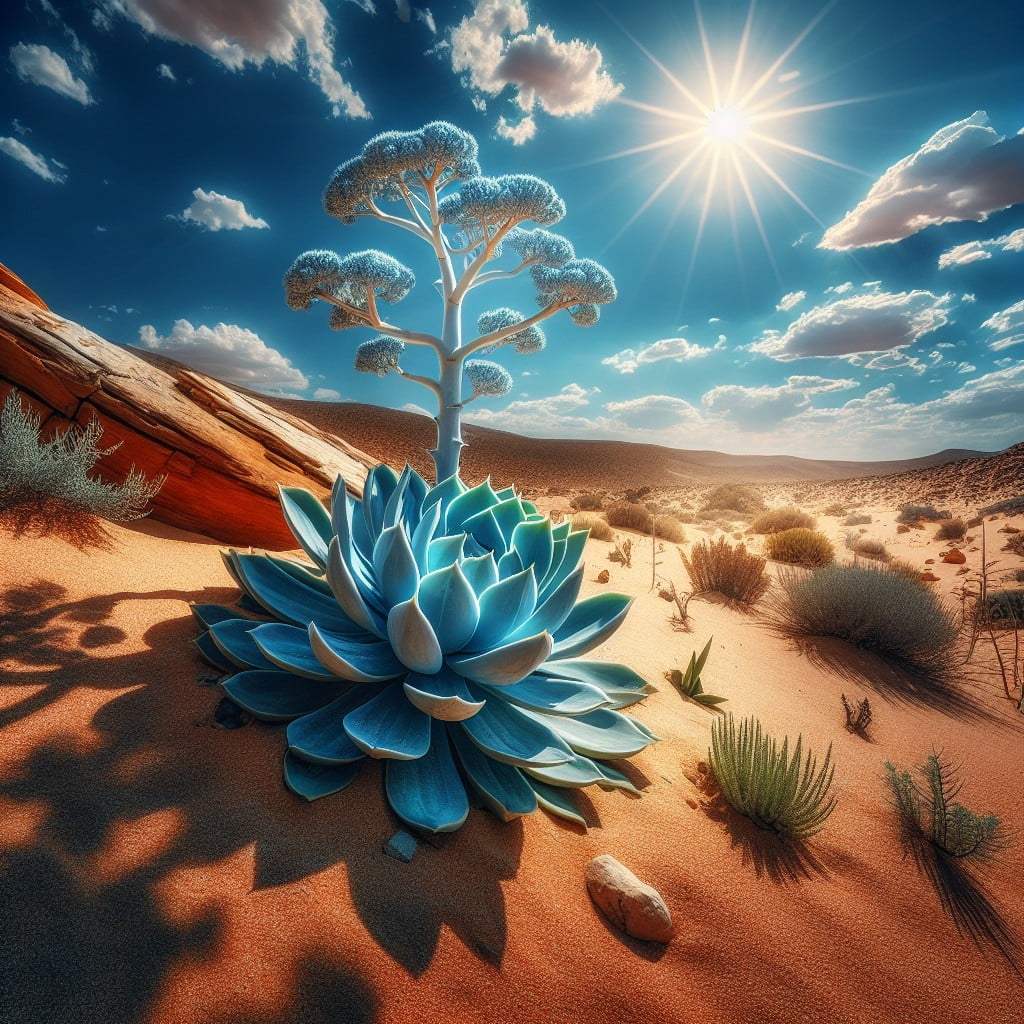
Blue chalk sticks are highly resilient to dry conditions, making them ideal for water-wise gardens.
Their succulent leaves store water, allowing them to thrive even in prolonged drought.
This plant’s ability to adapt to scarce water supplies positions it as a low-maintenance choice for arid climates.
“Maximizing Blooming in Blue Chalk Sticks”
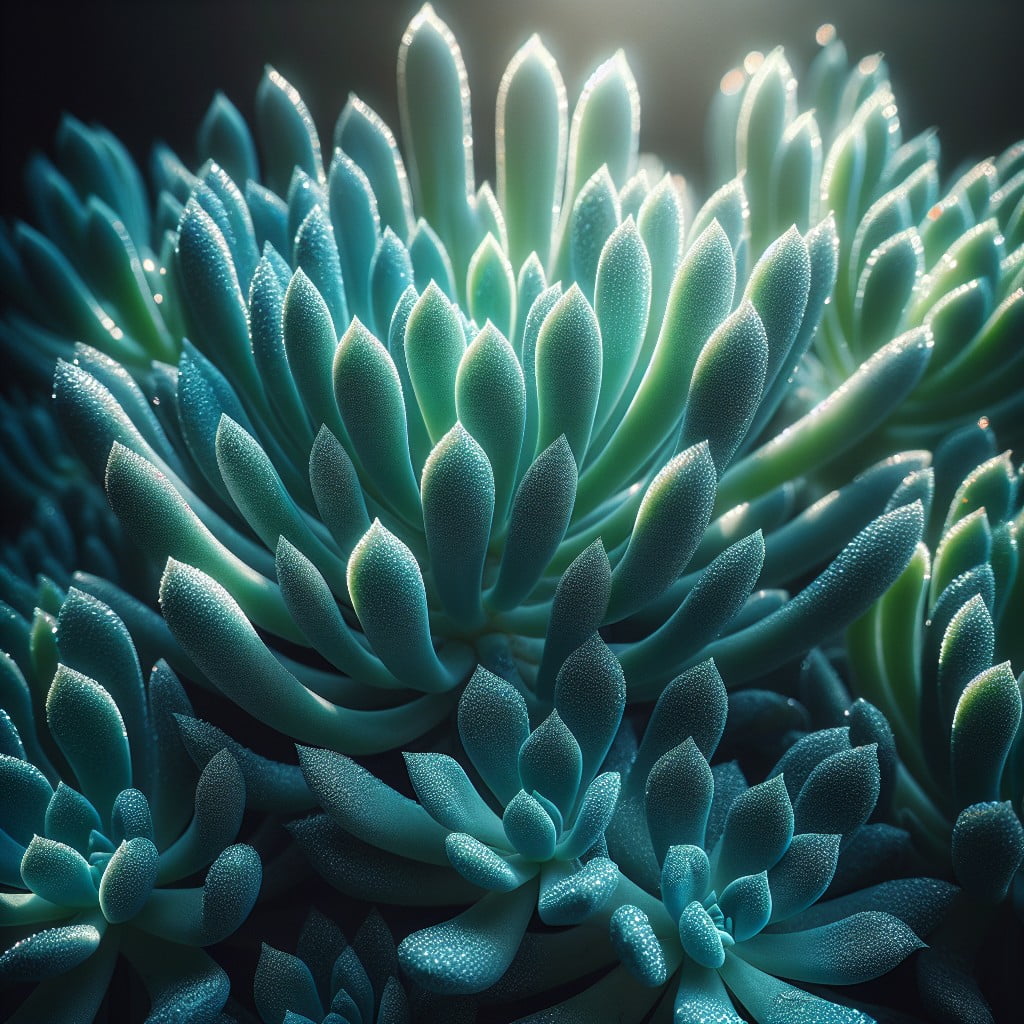
Ensure your Blue Chalk Sticks receive ample sunlight as this is crucial for flower production.
Regular pruning of spent flowers can stimulate additional blooms throughout the growing season.
Providing a balanced, low-nitrogen fertilizer during early spring encourages the growth of blossoms.
“Using Blue Chalk Sticks in Bouquets”
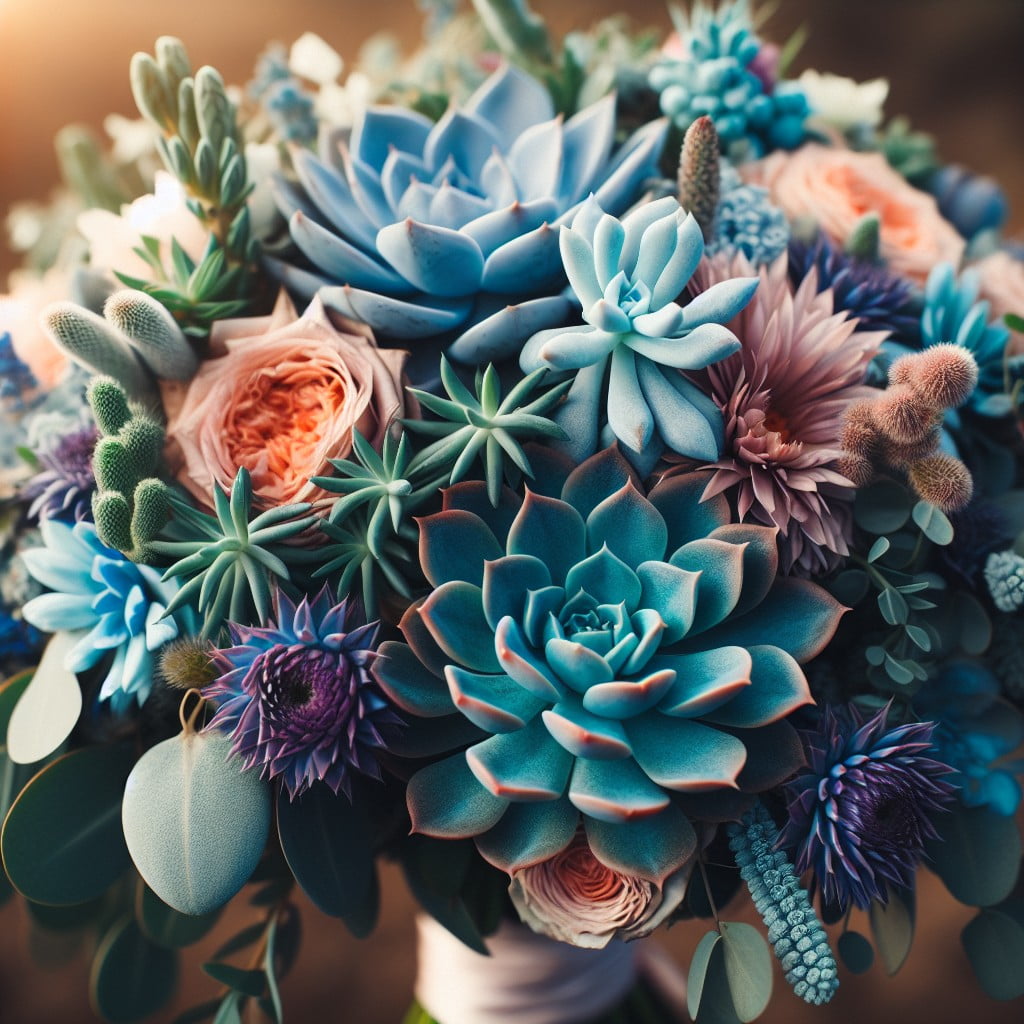
Incorporating the silvery-blue hue and unique texture of blue chalk sticks adds a modern twist to floral arrangements.
Their sturdy, sculptural form provides contrast to softer, traditional bouquet flowers, such as roses or peonies.
As drought-tolerant succulents, they require minimal water, making them long-lasting and easy to maintain in bouquets.
“Caring for Aging Blue Chalk Sticks”
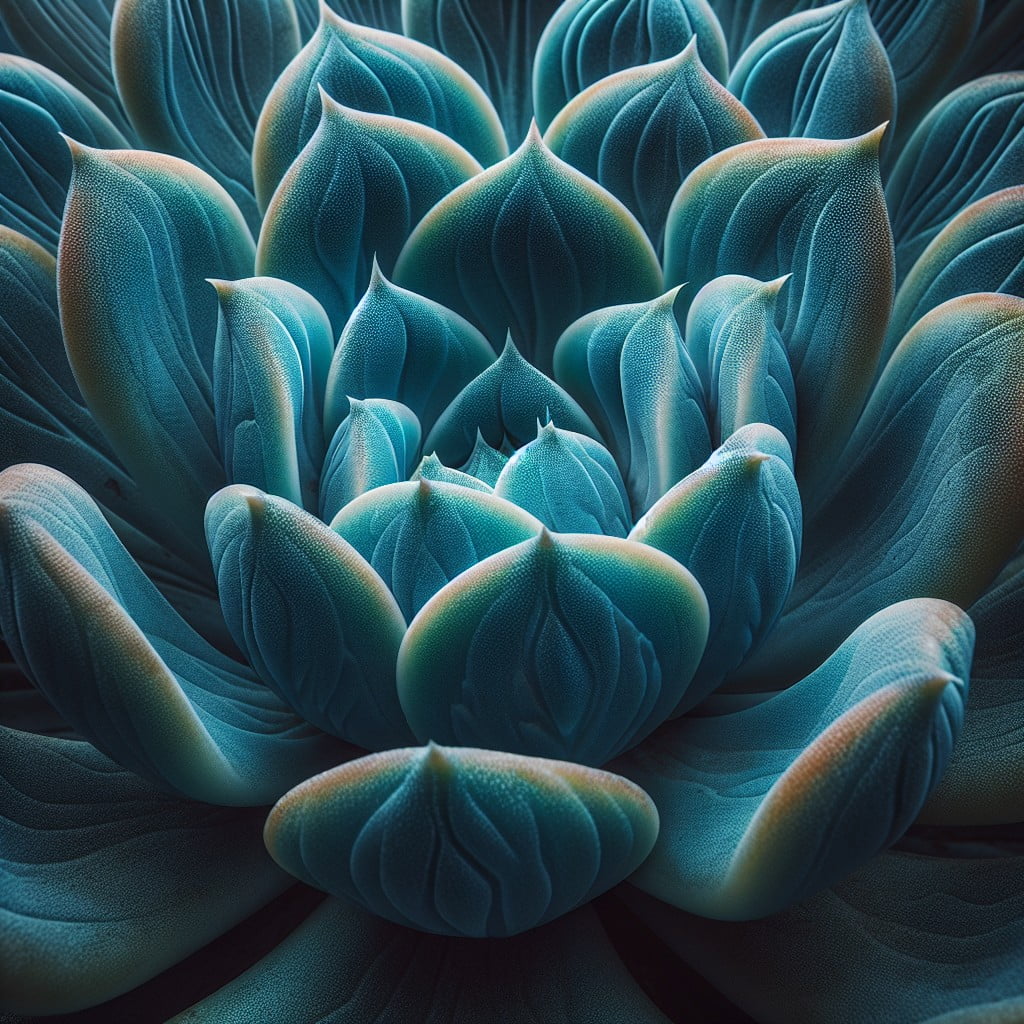
As blue chalk sticks age, they can become leggy or sparse, requiring pruning to encourage fuller growth and maintain their compact, attractive shape.
Regular inspection for pests and diseases becomes crucial to prevent potential problems from compromising their health.
Adjusting soil composition and watering schedules is often necessary to cater to the changing needs of mature plants, ensuring they continue to thrive.
“Reviving Wilted Blue Chalk Sticks”
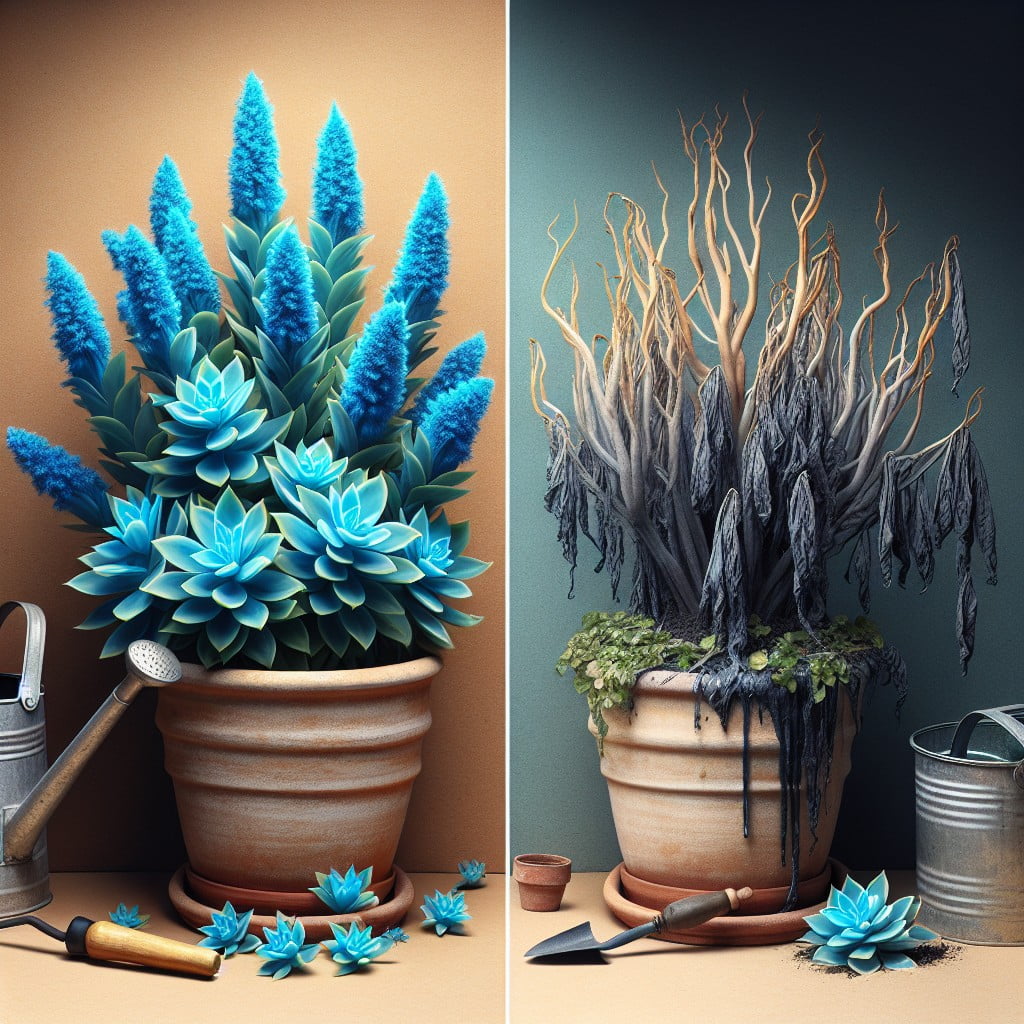
To rejuvenate wilted Blue Chalk Sticks, provide them with well-draining soil and sufficient sunlight.
Overwatering should be avoided as it can exacerbate wilting; water only when the soil is dry to the touch.
Trimming back any dead or dying foliage can encourage new growth and restore plant vigor.
“Keeping Blue Chalk Sticks Healthy in Winter”
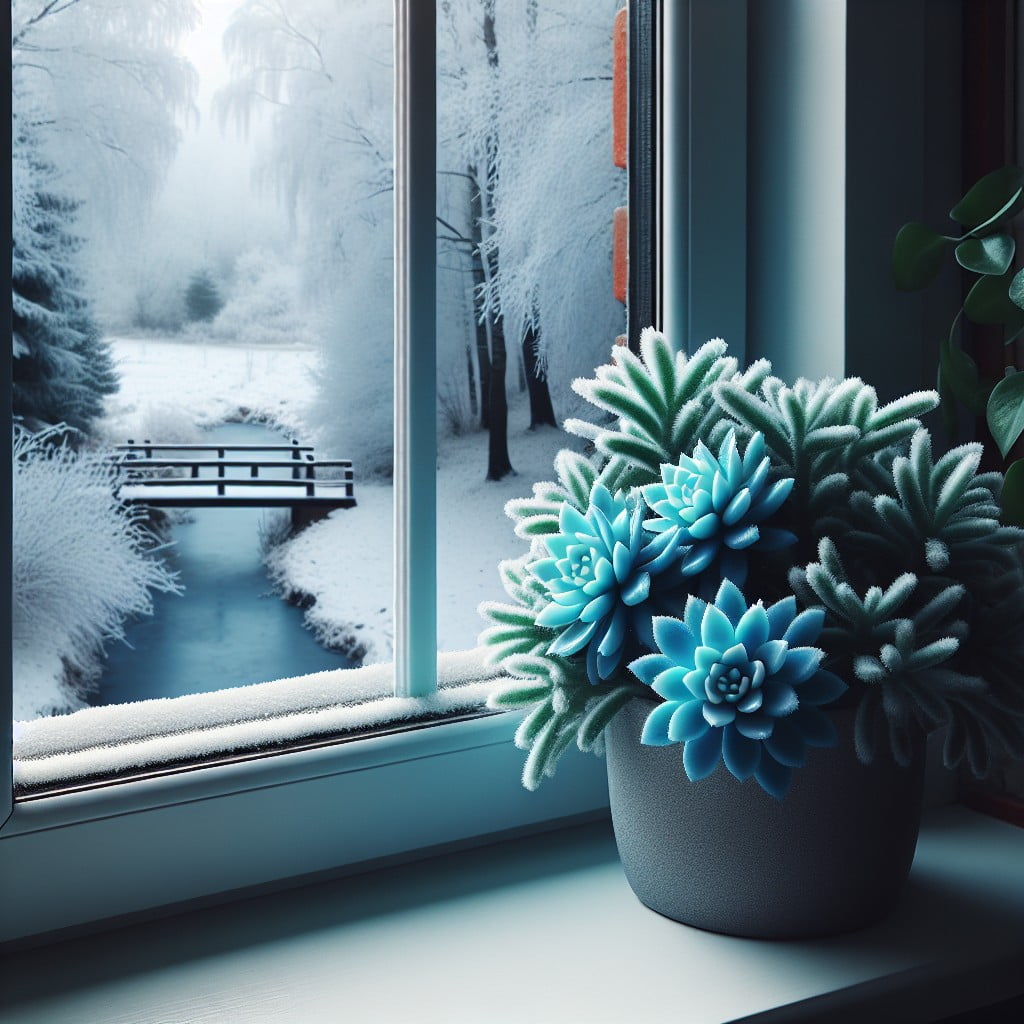
Ensure adequate sunlight during shorter winter days by placing blue chalk sticks near south-facing windows.
Protect them from cold drafts and regulate indoor temperature since they prefer consistent warmth.
Reduce watering to prevent root rot, as the plant’s growth slows down and it requires less moisture.
Ideas Elsewhere
- https://www.gardenia.net/plant/senecio-serpens
- https://www.epicgardening.com/senecio-serpens/
- https://planetdesert.com/products/blue-chalk-sticks-senecio-mandraliscae
Recap:

